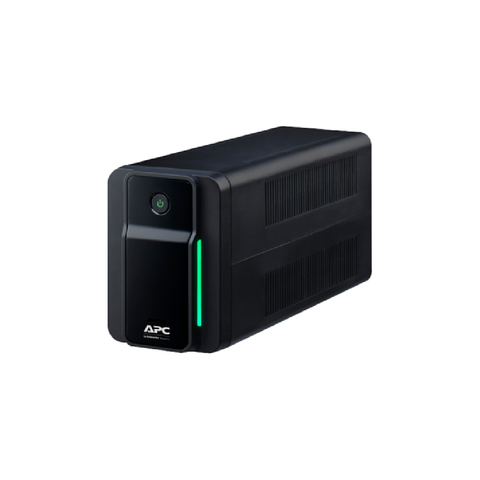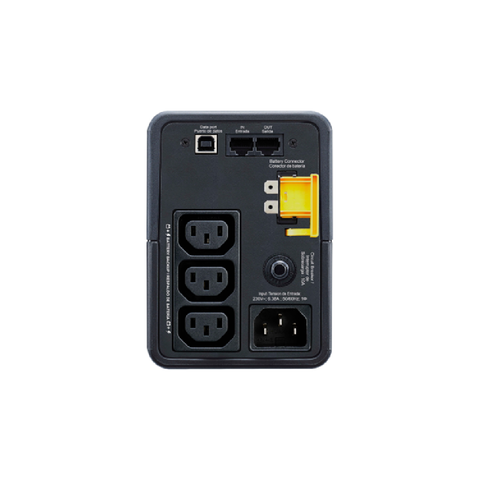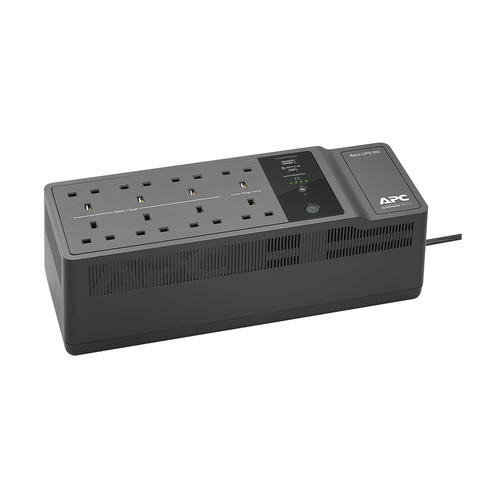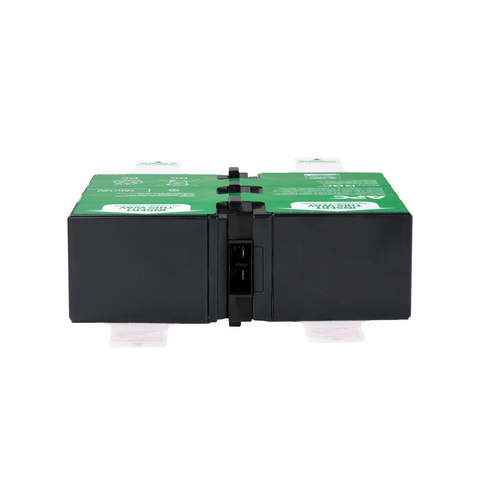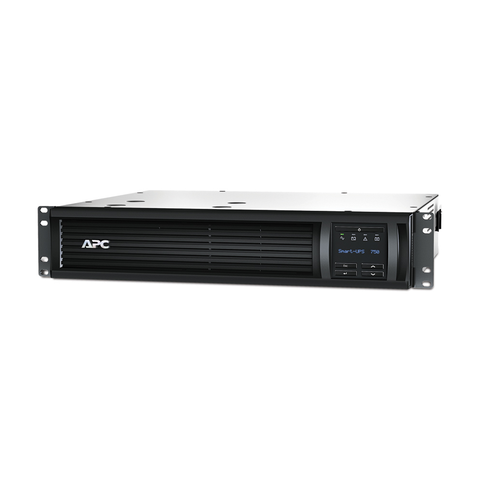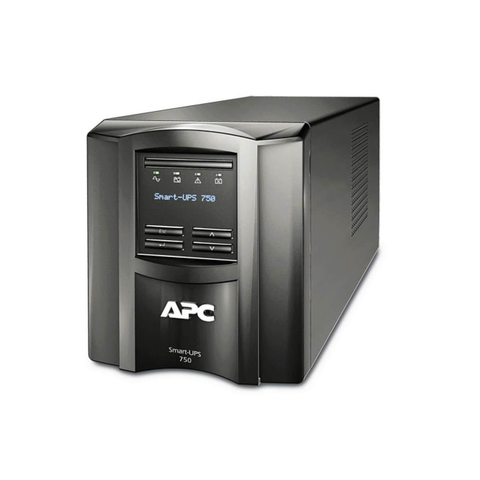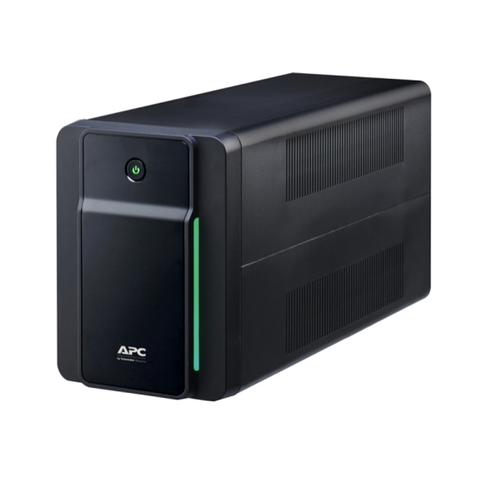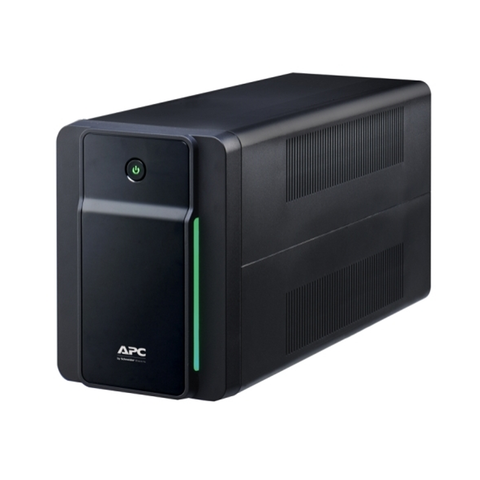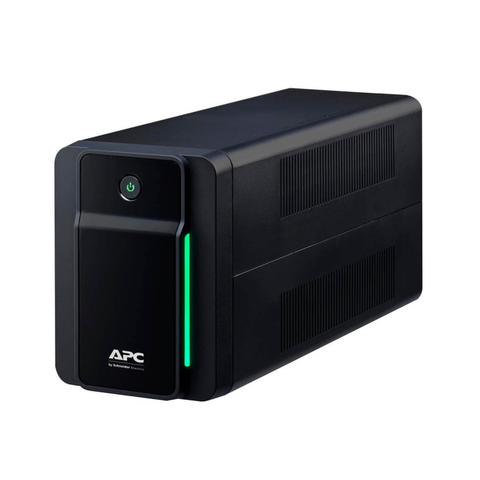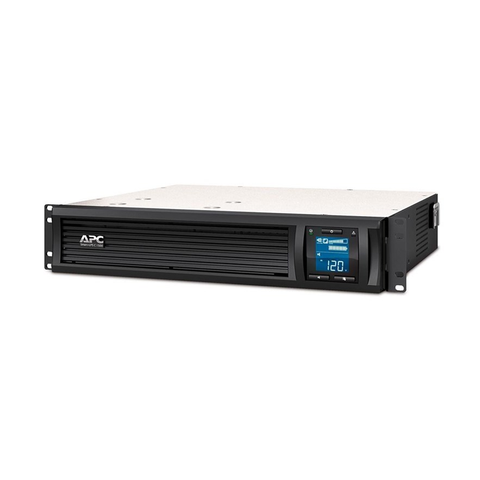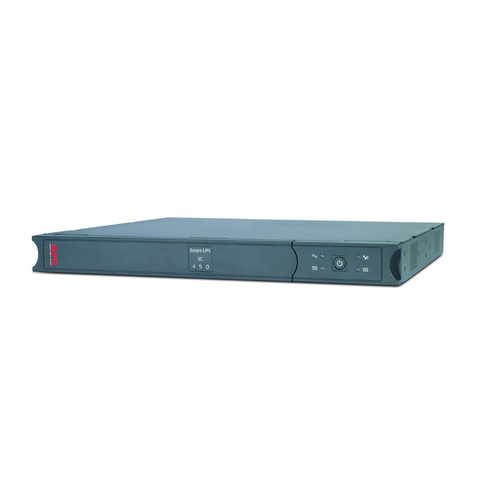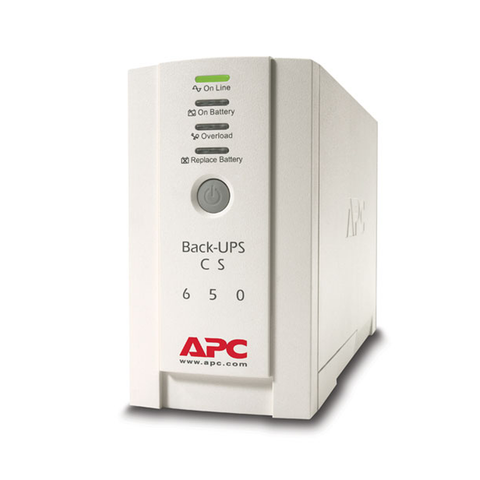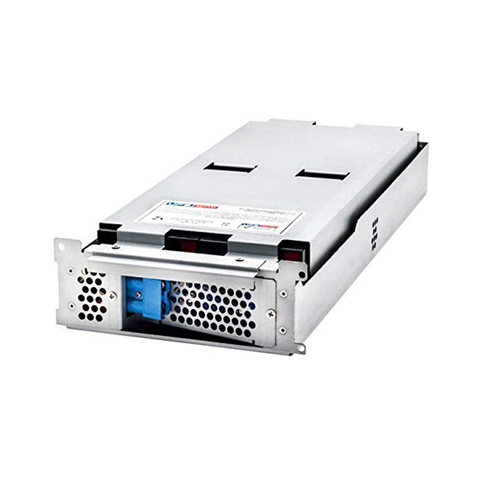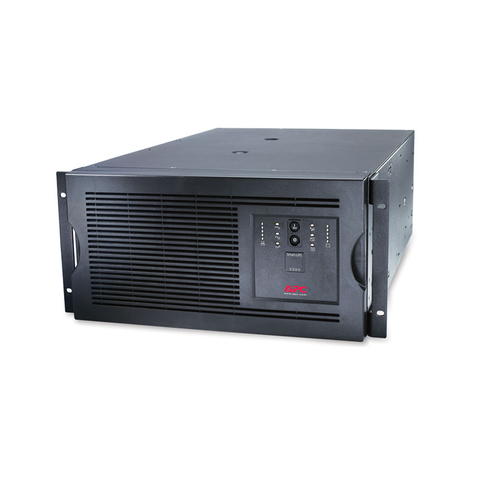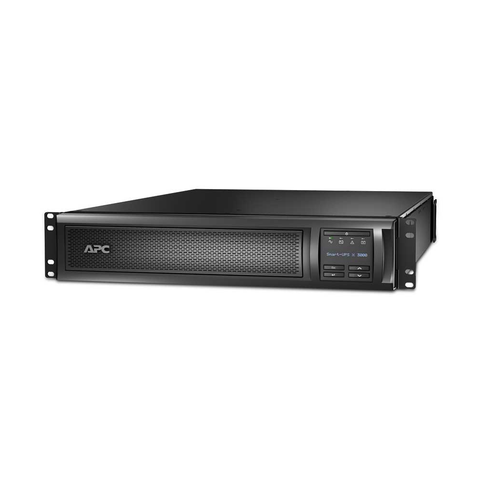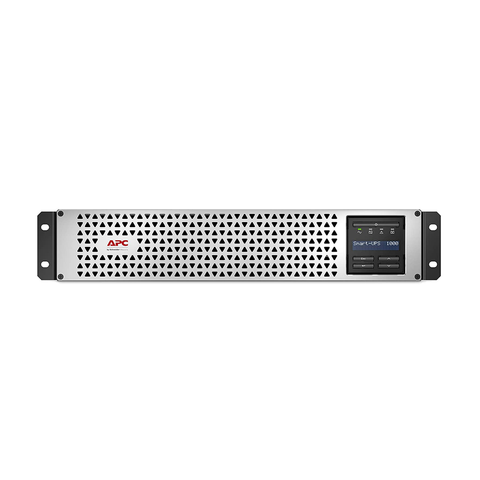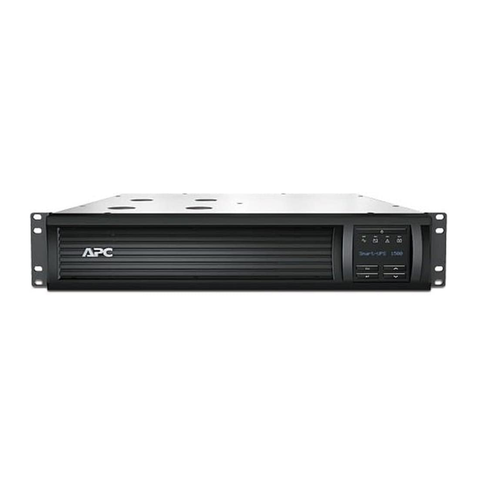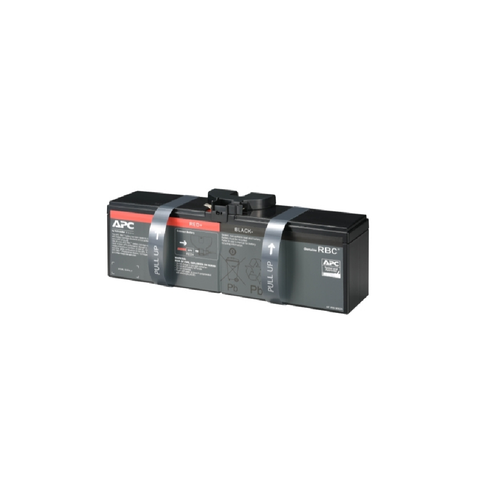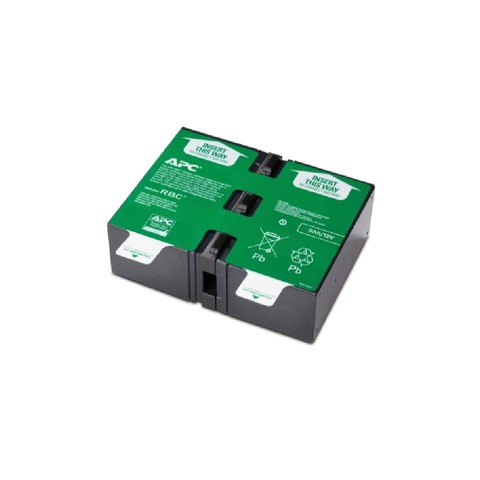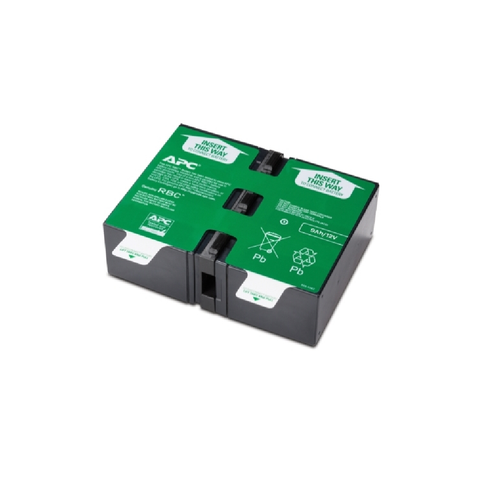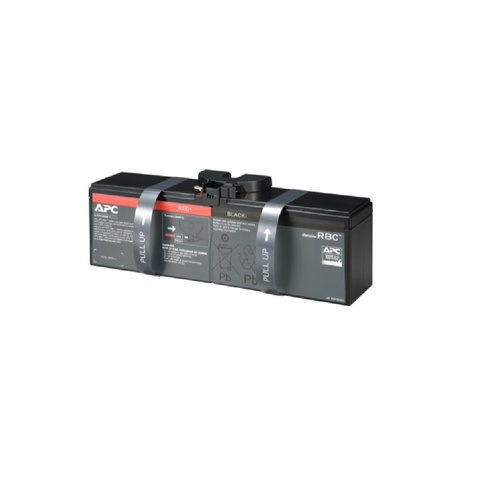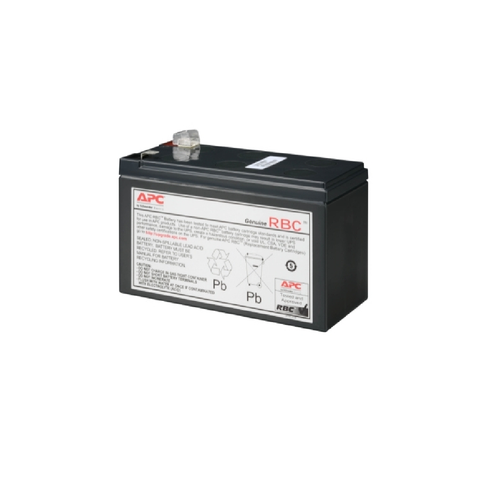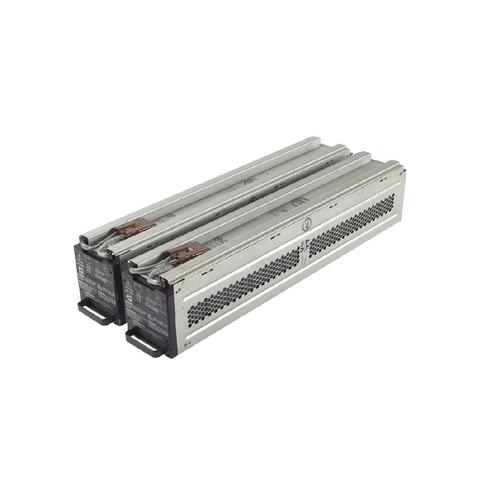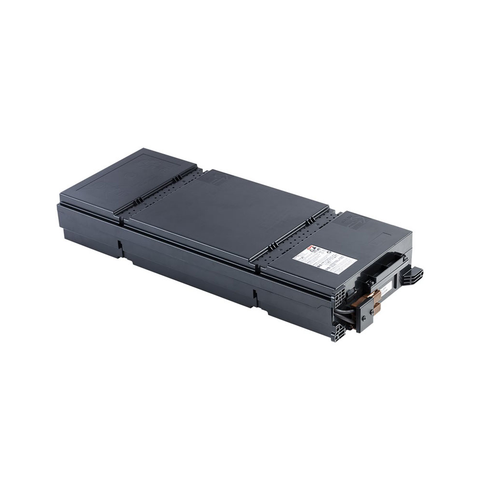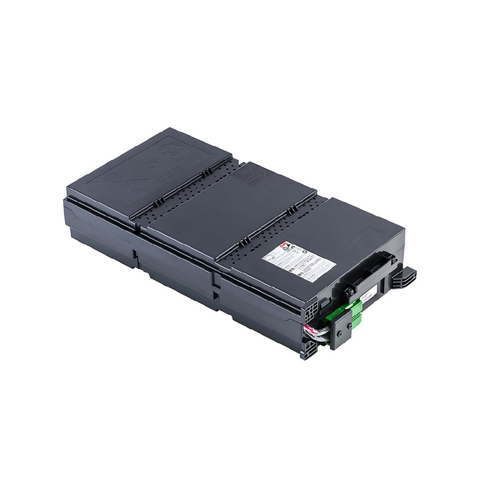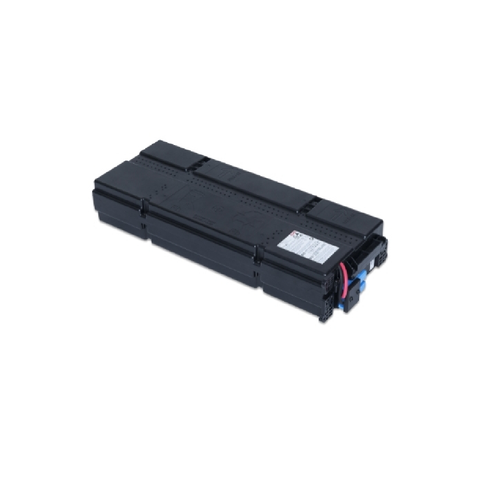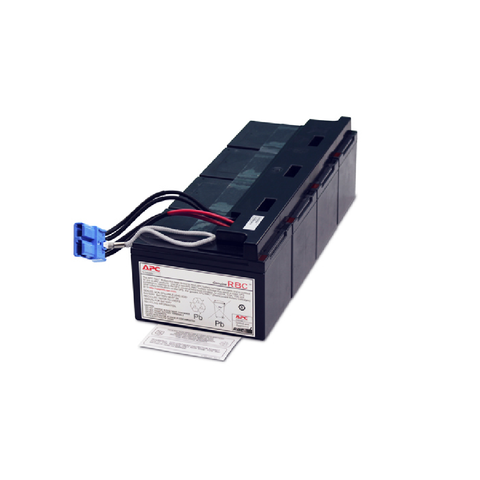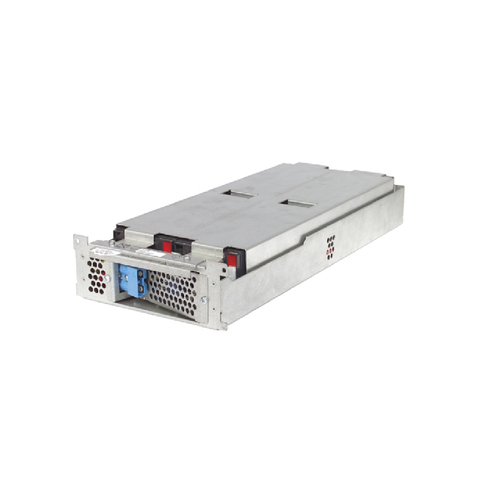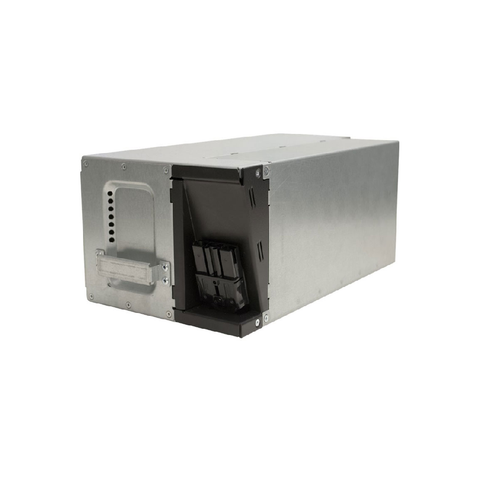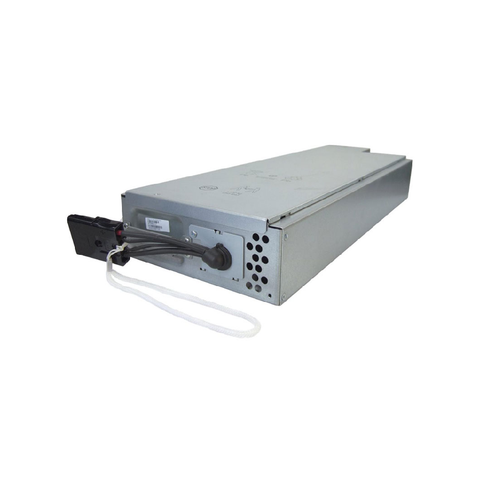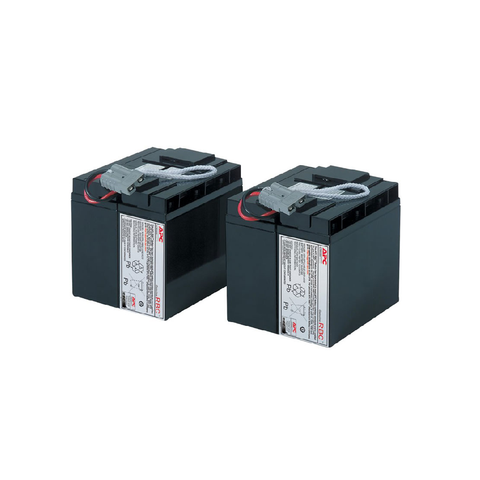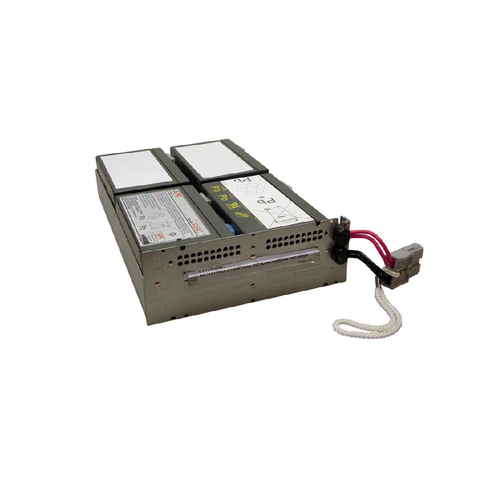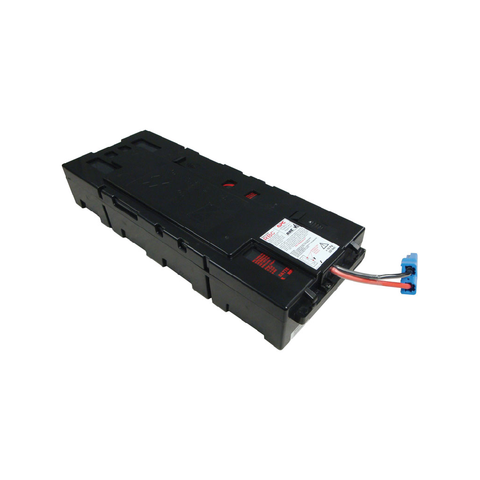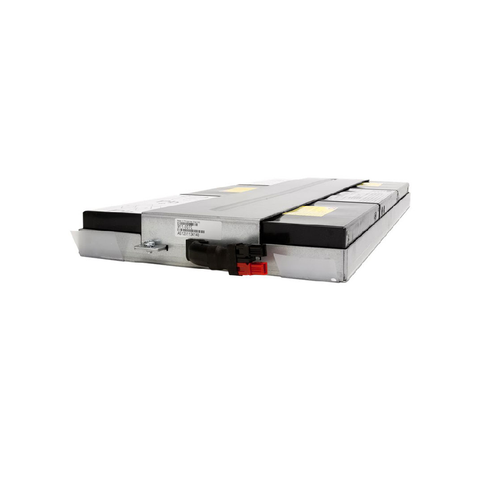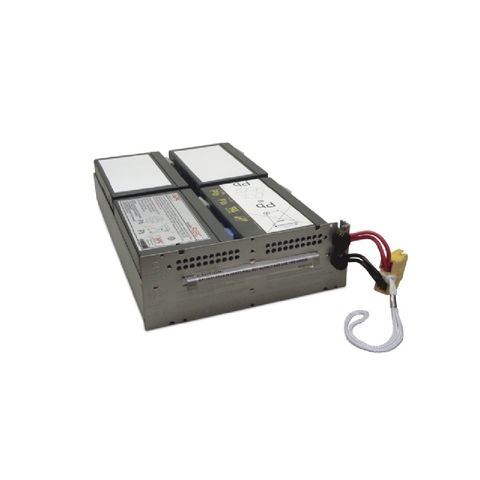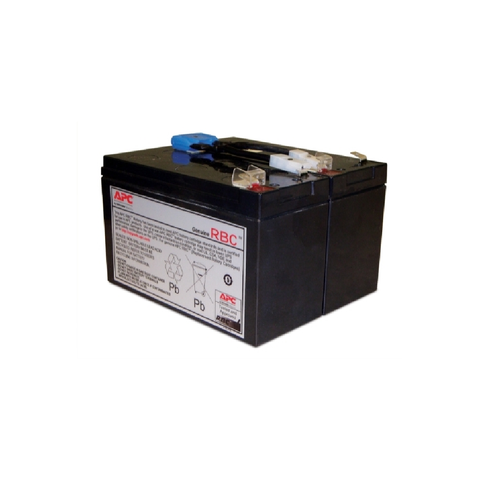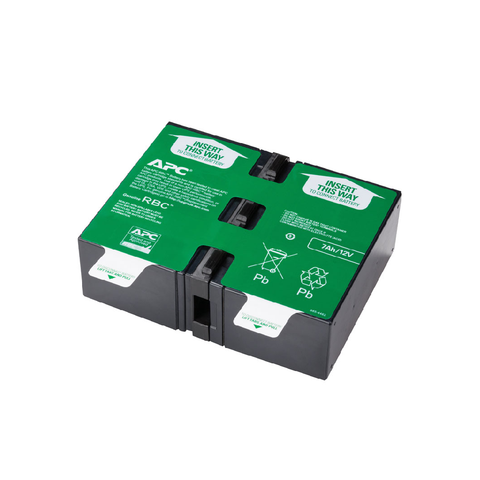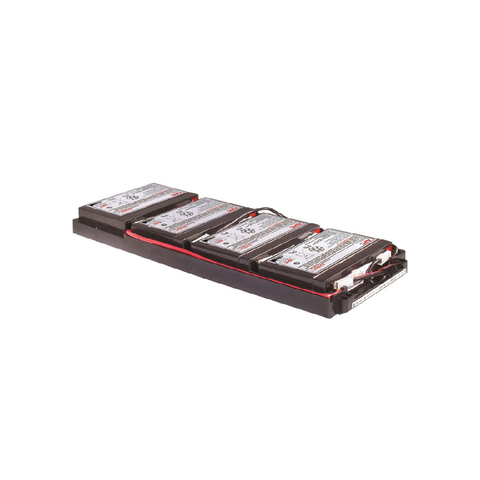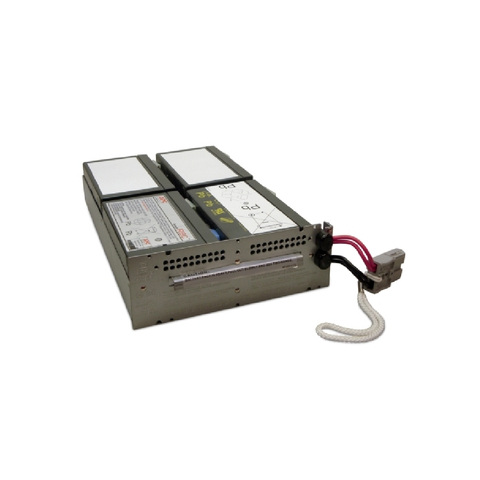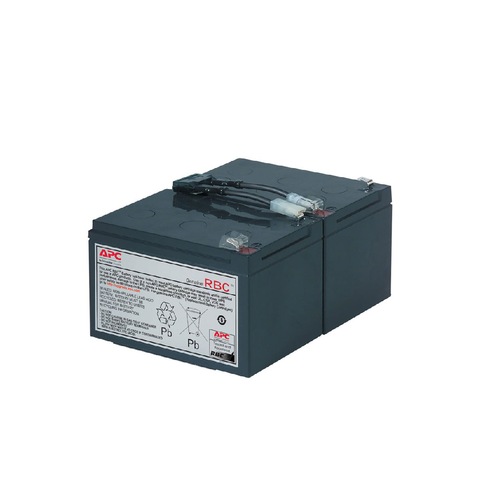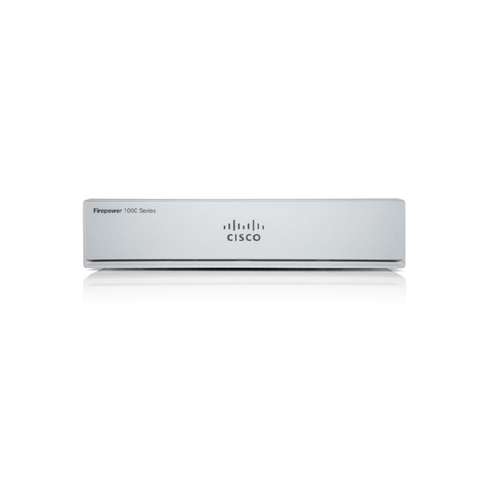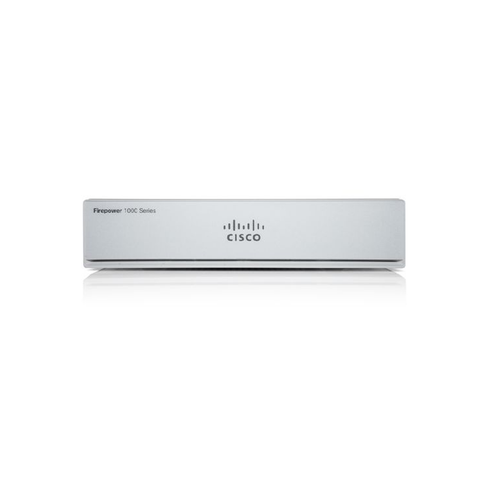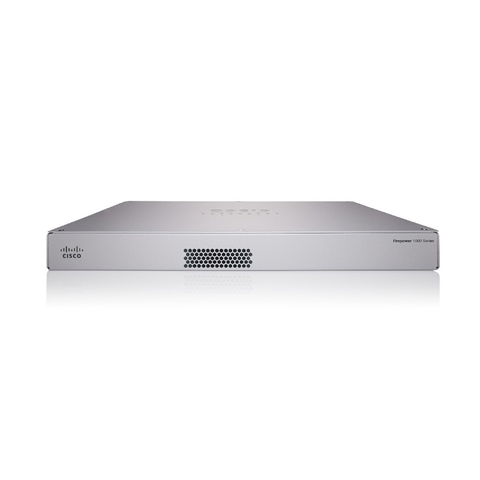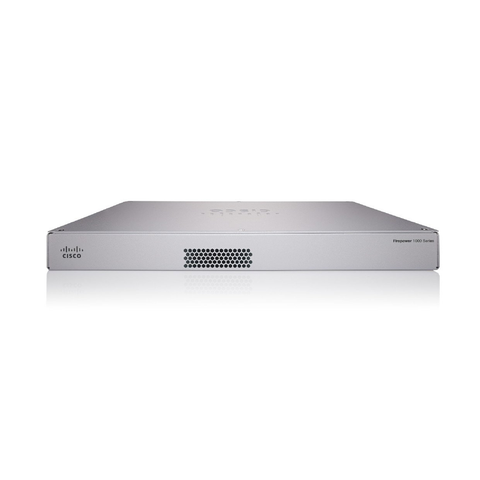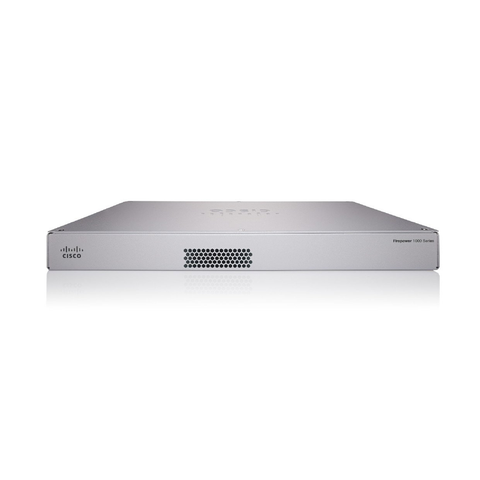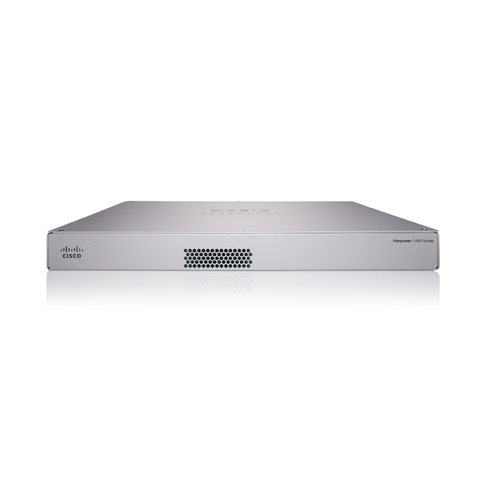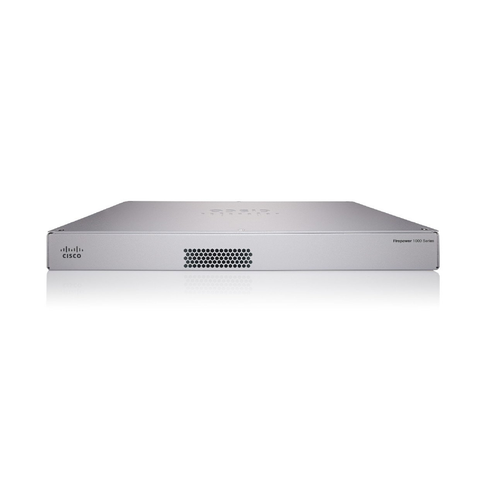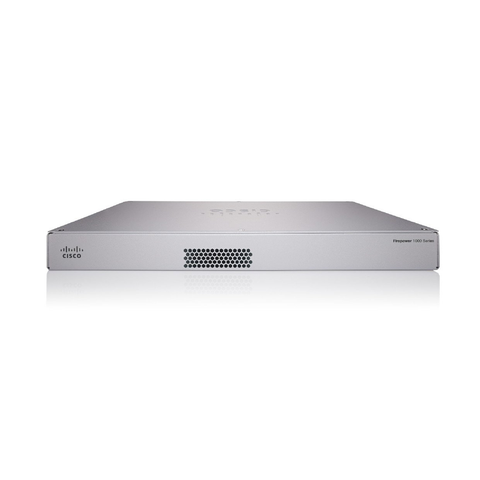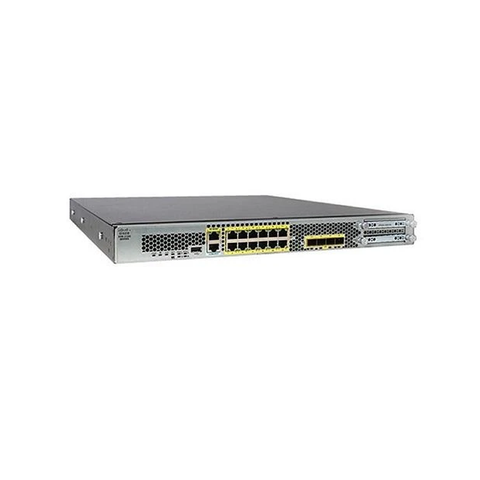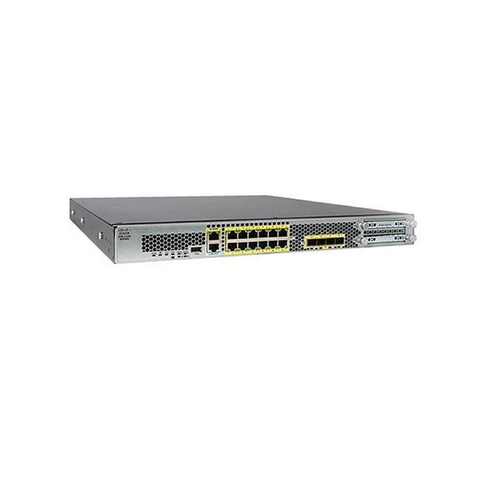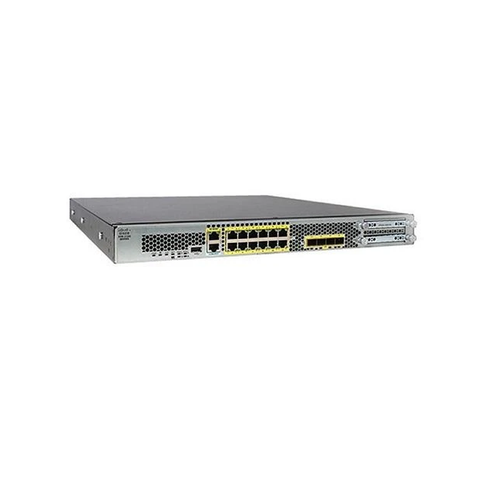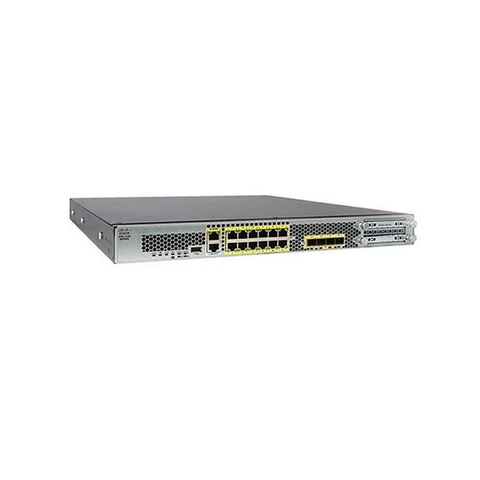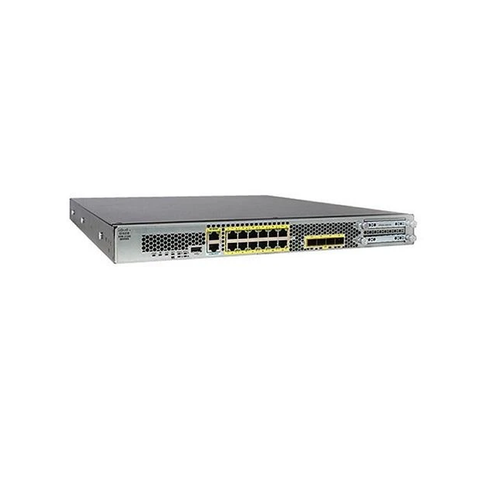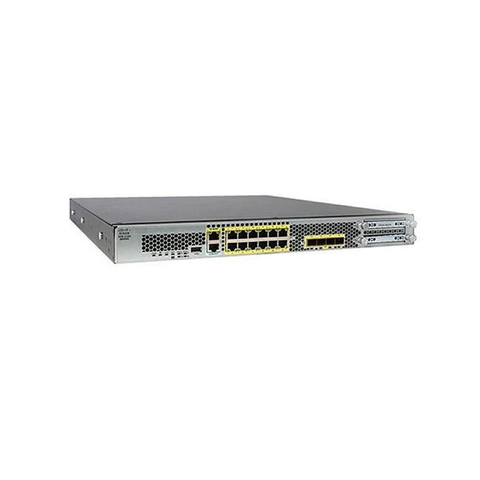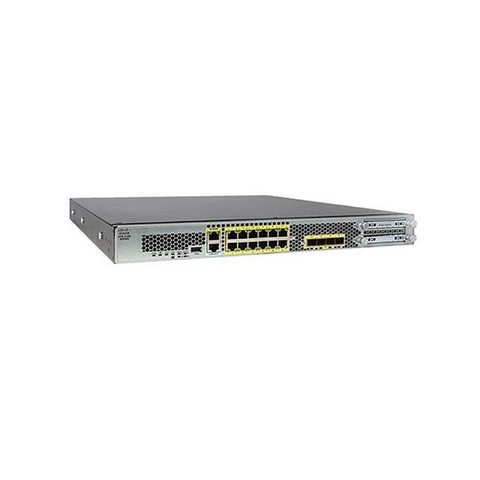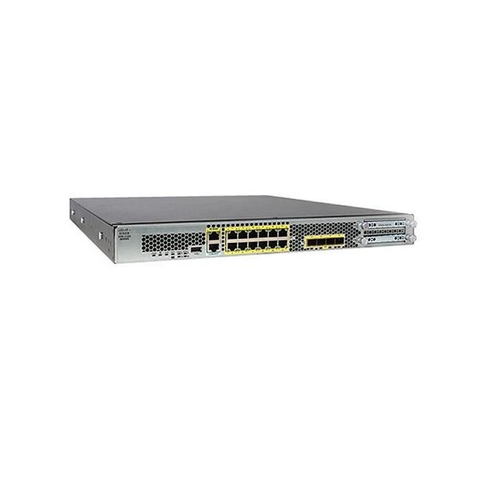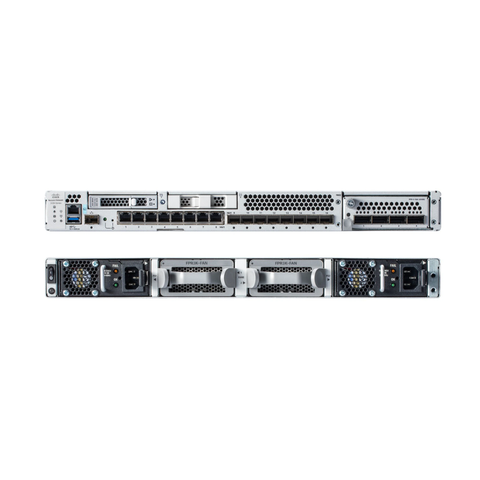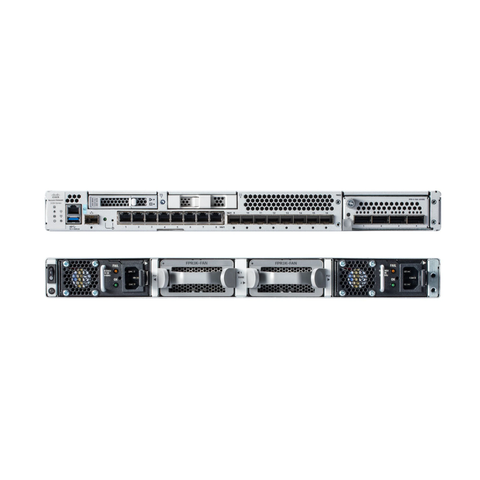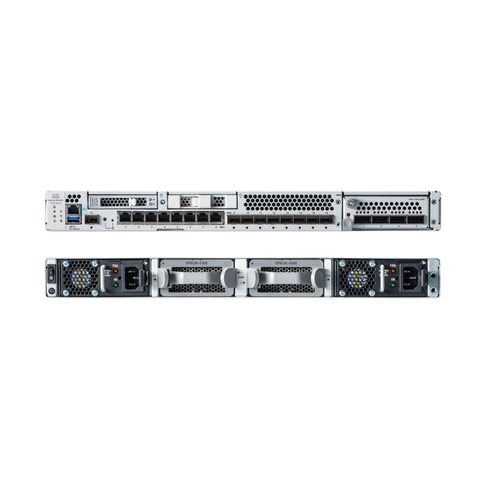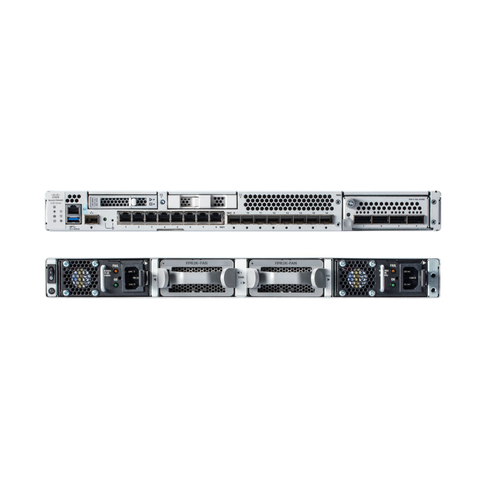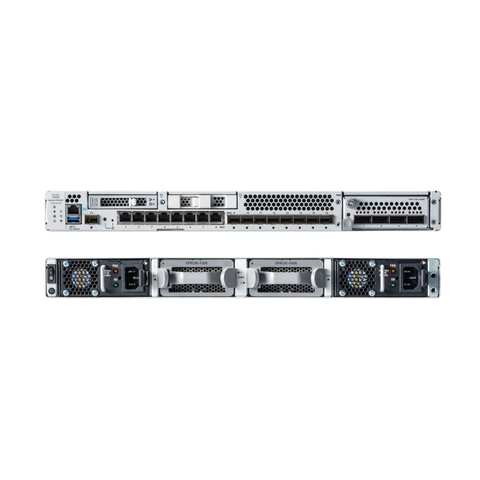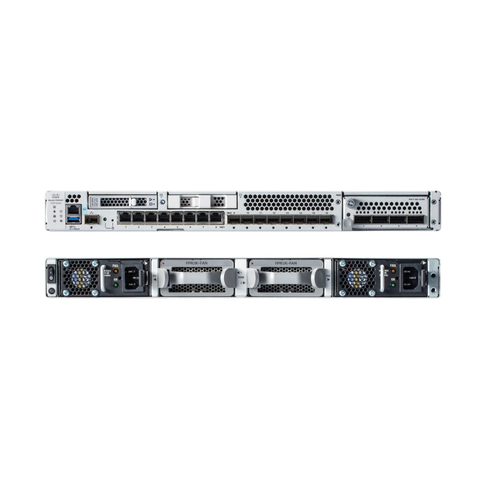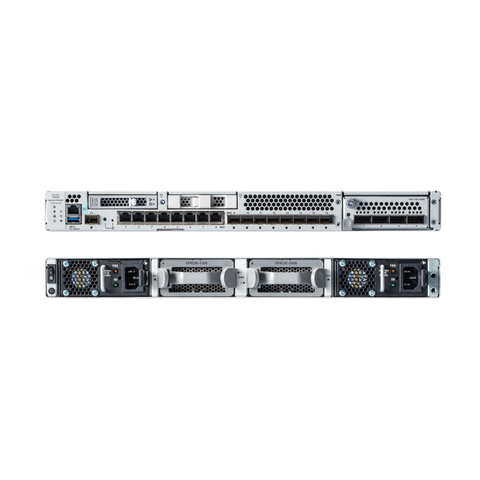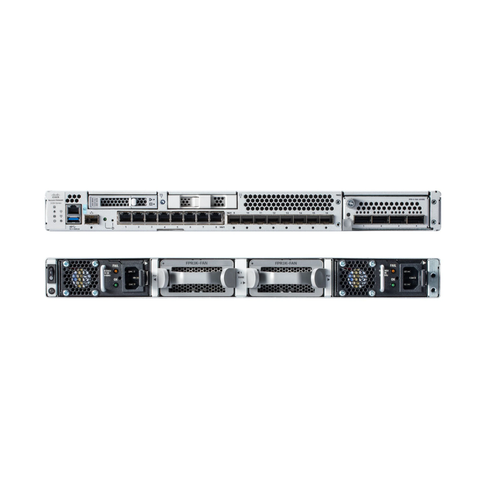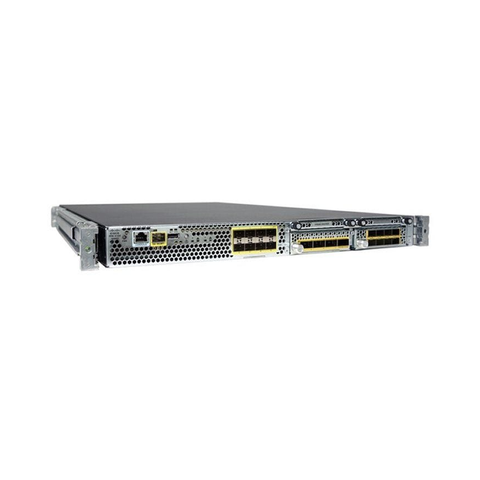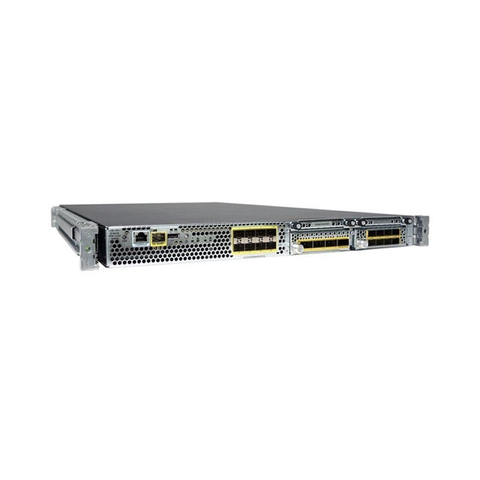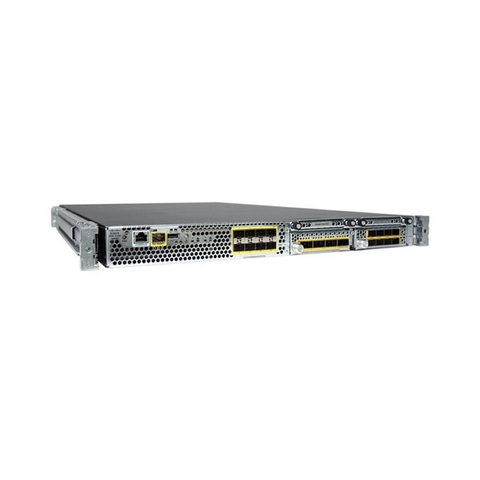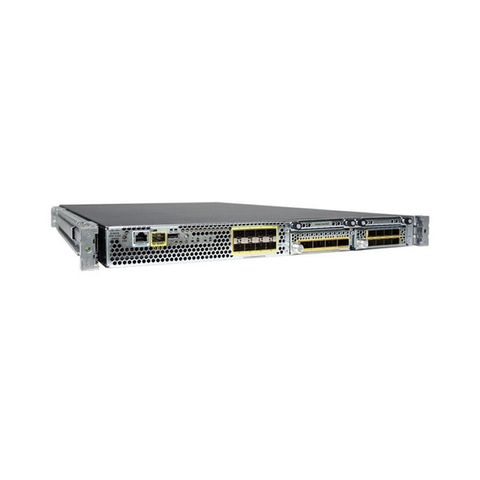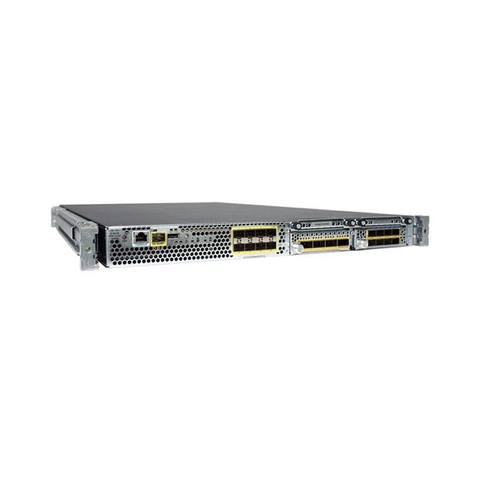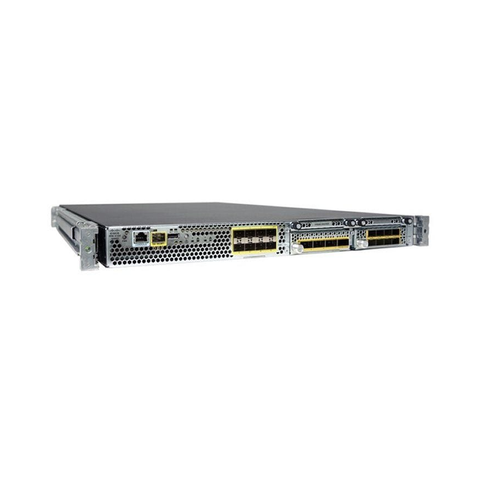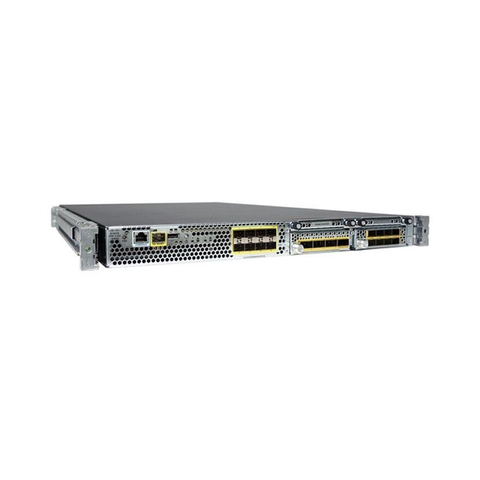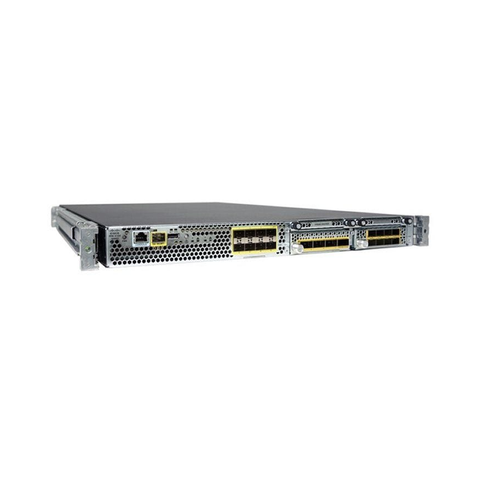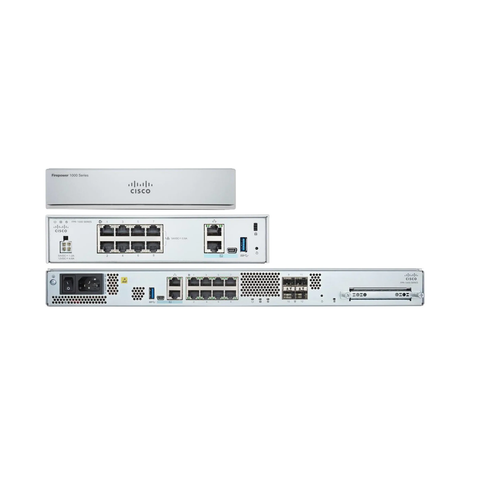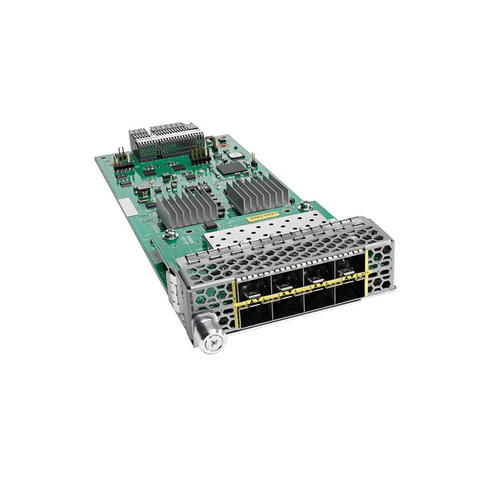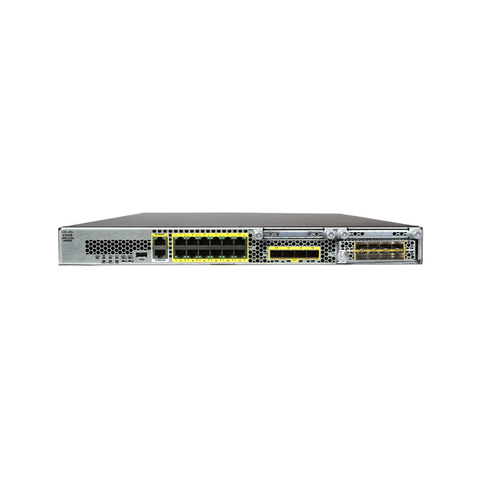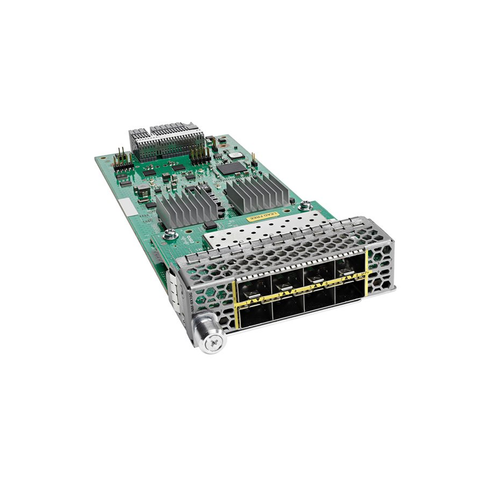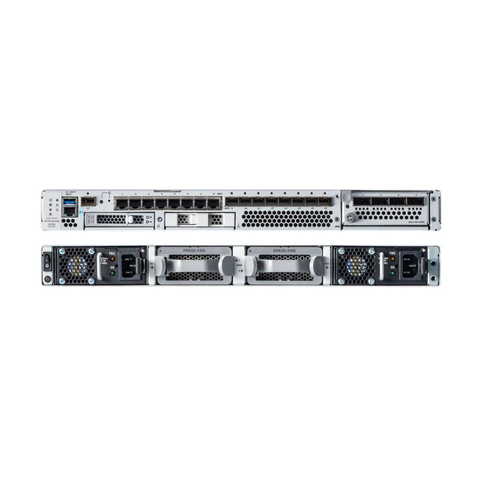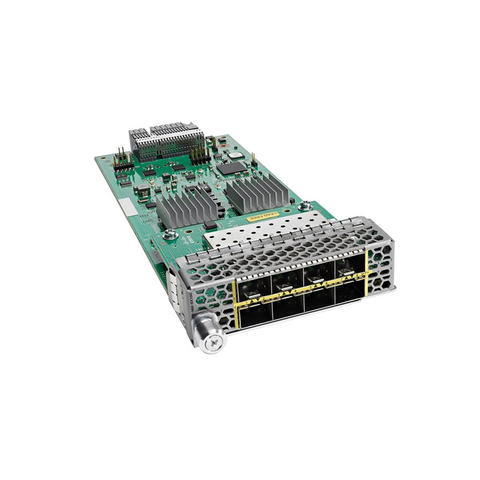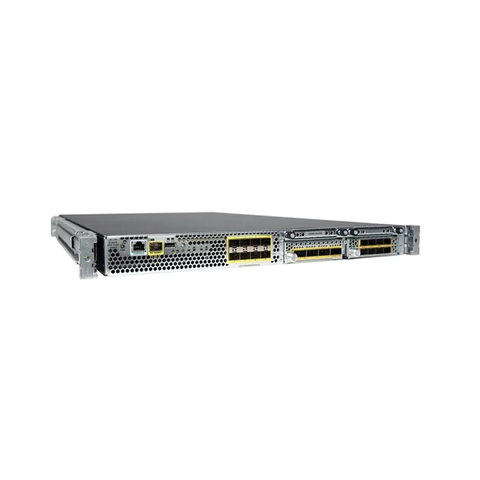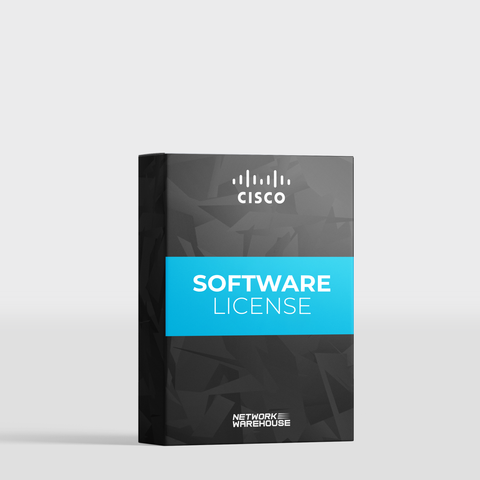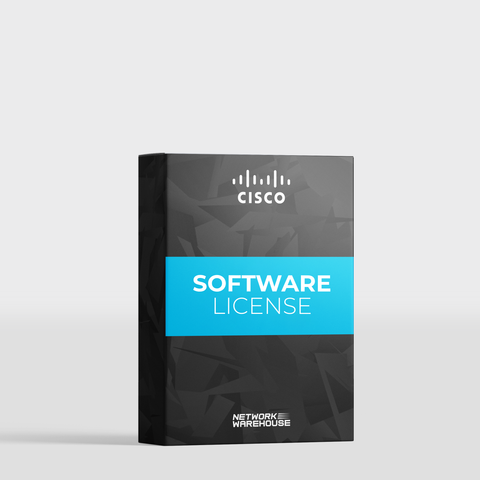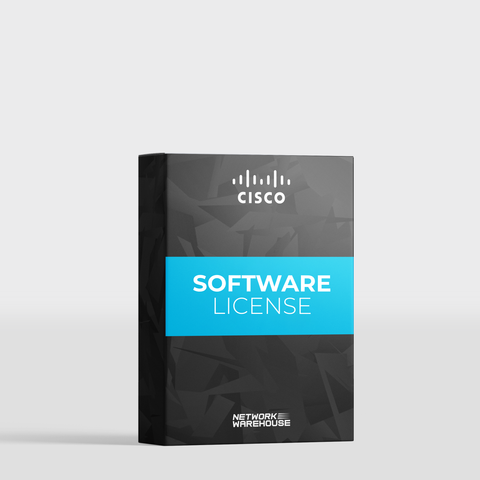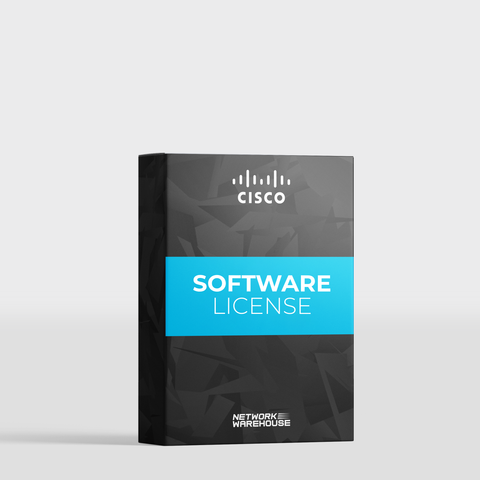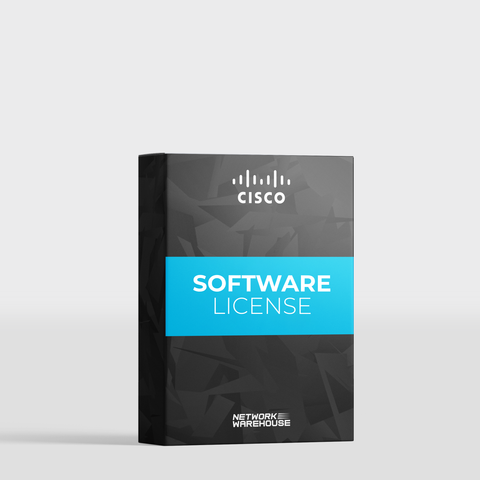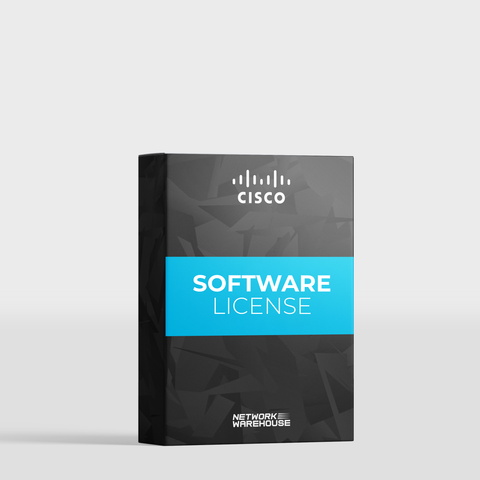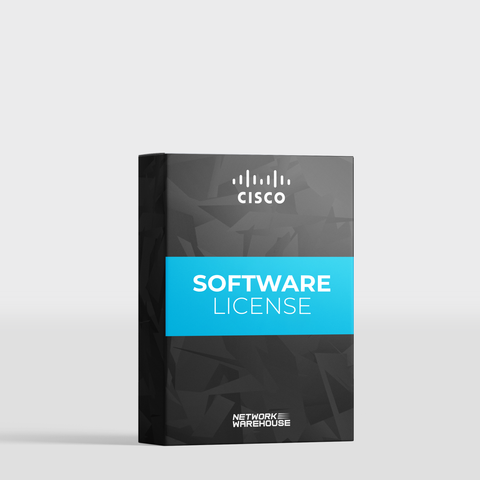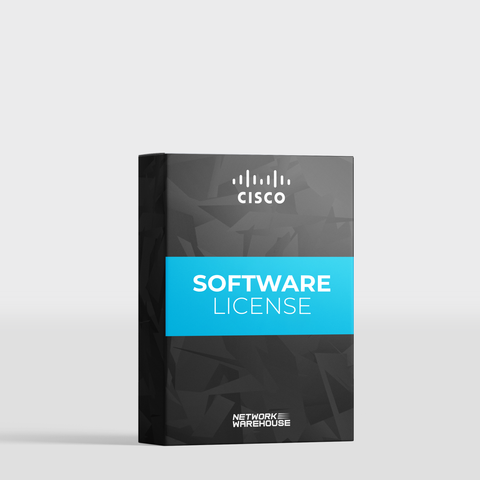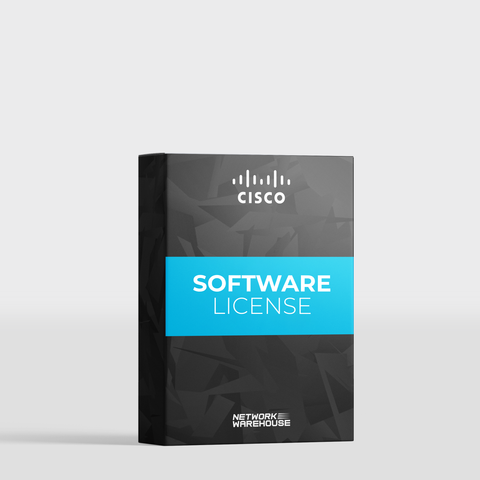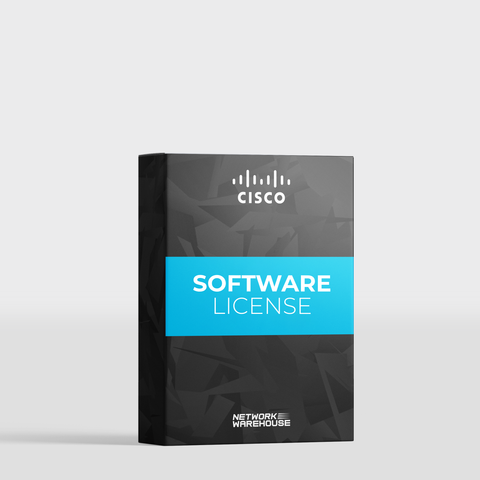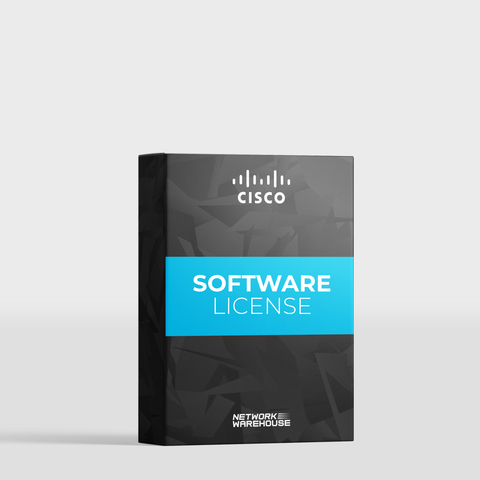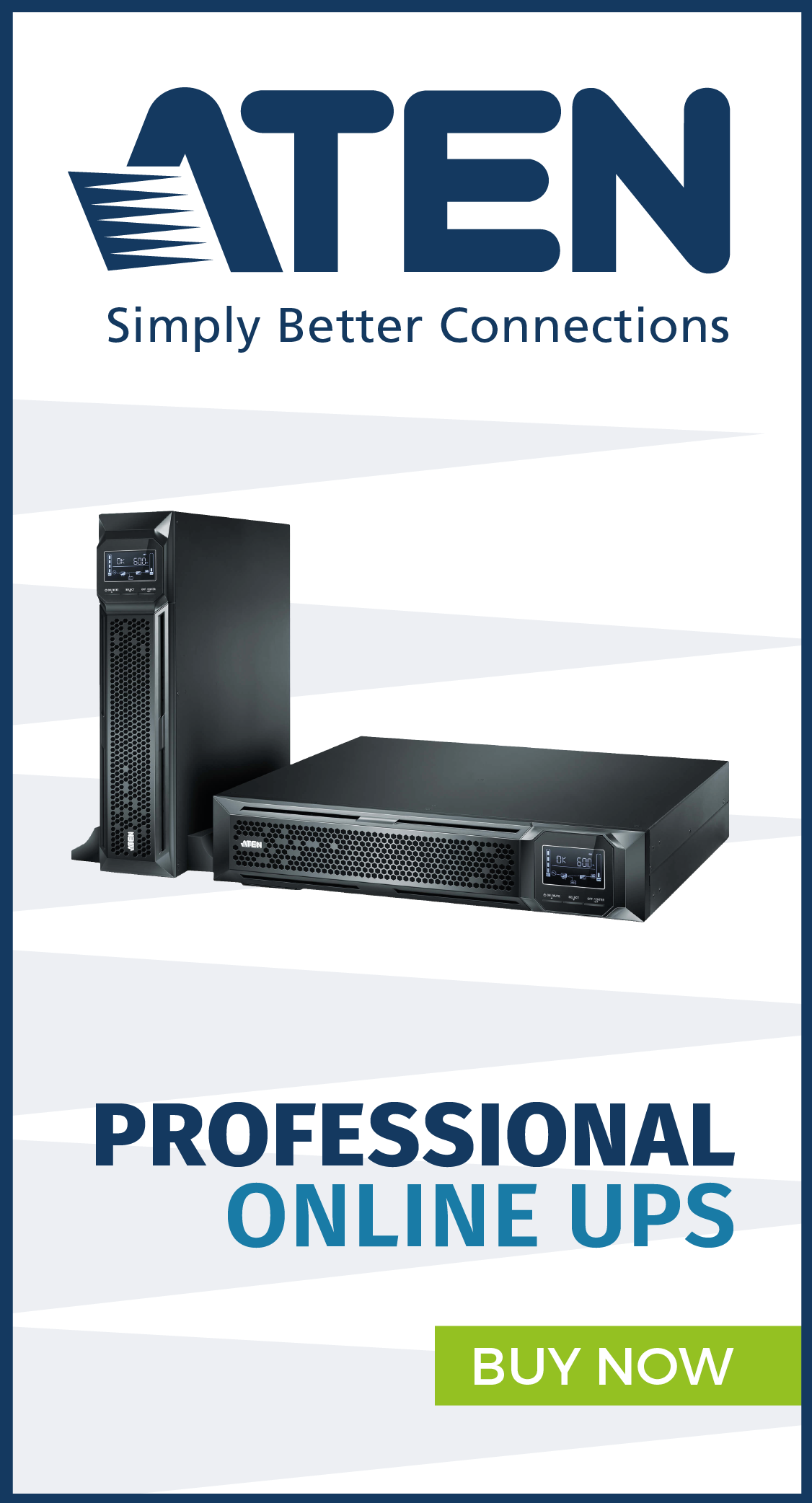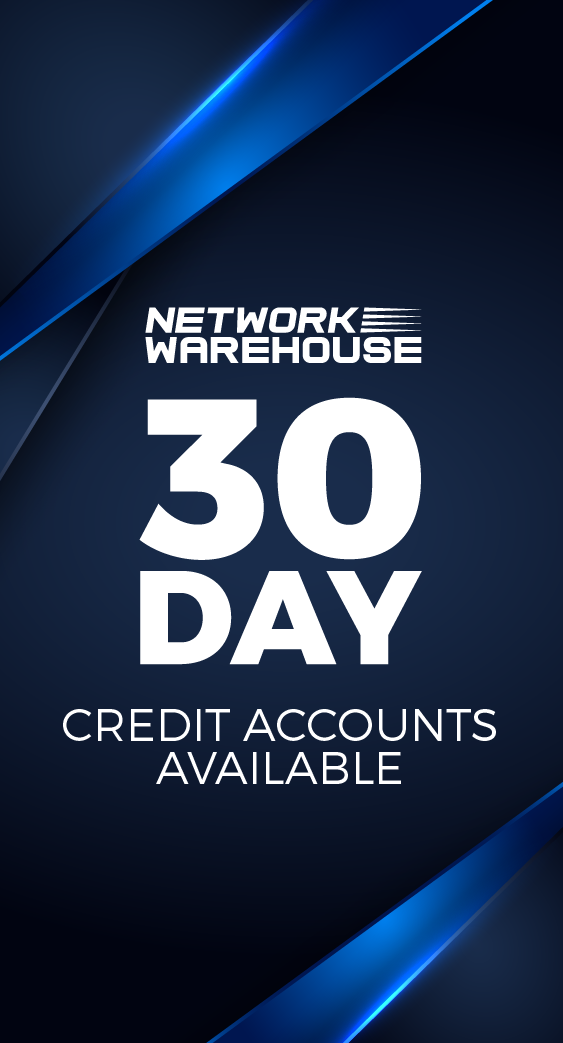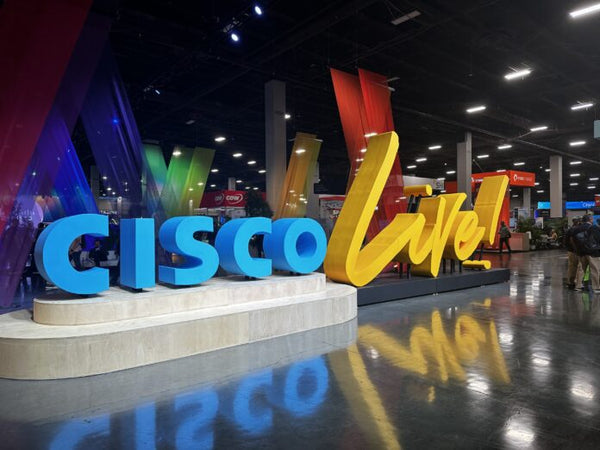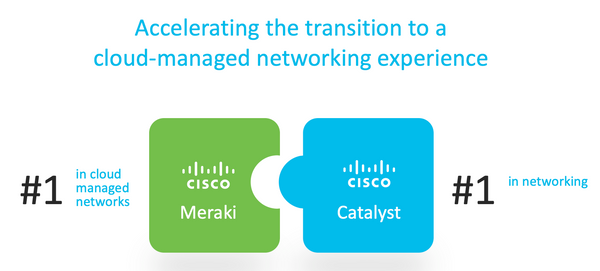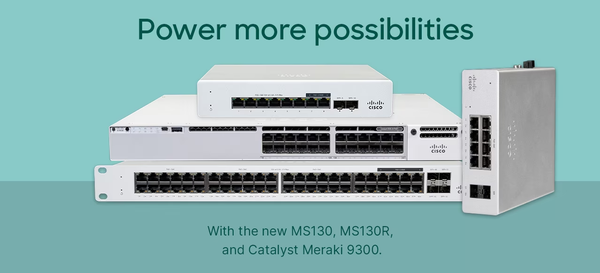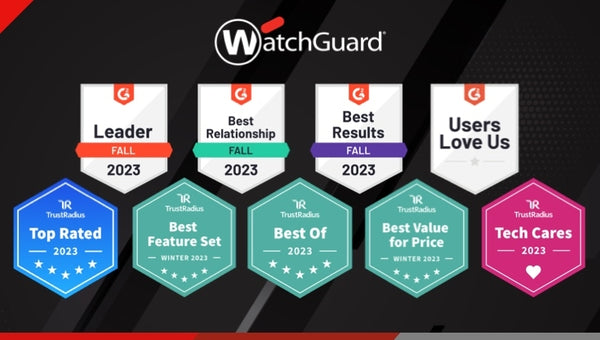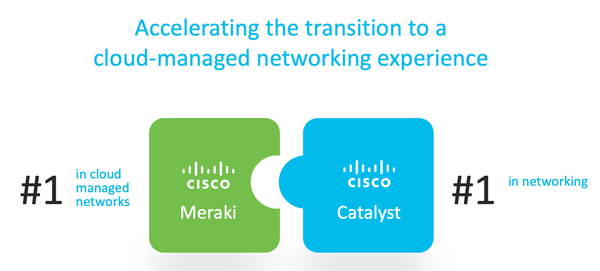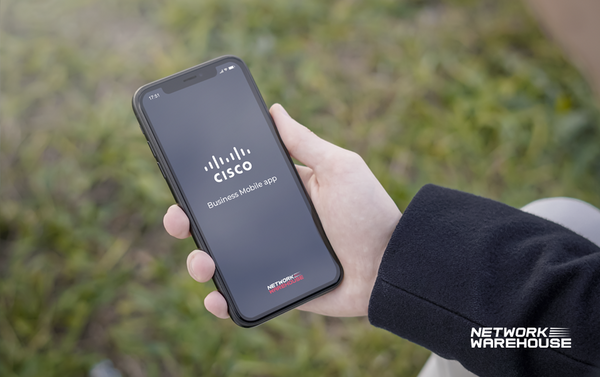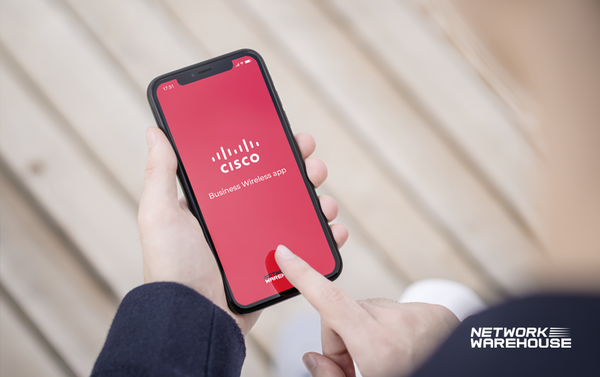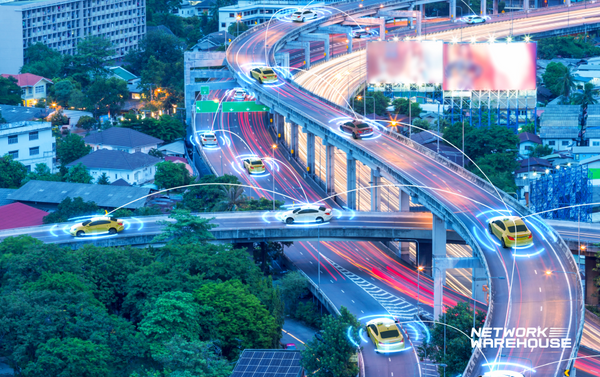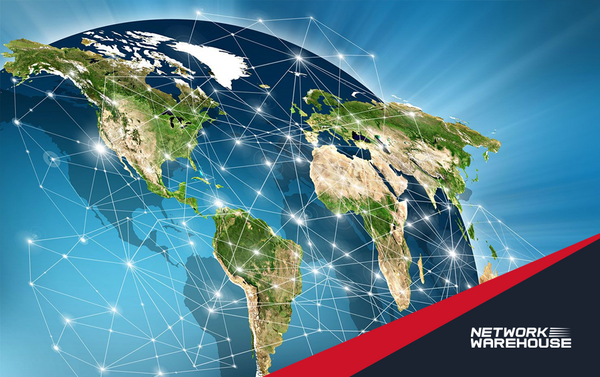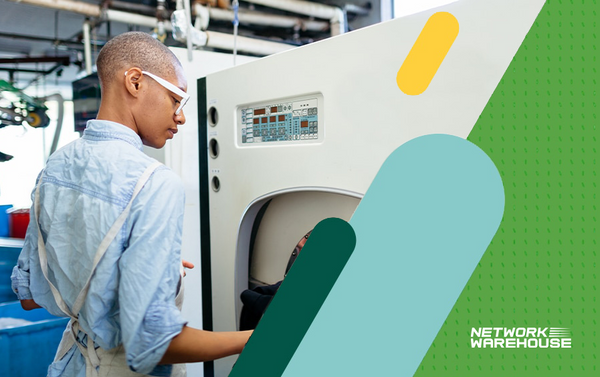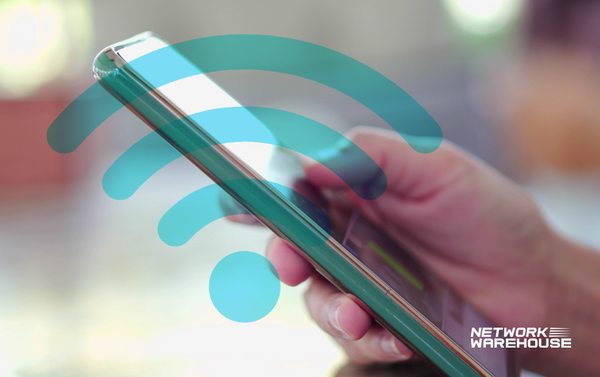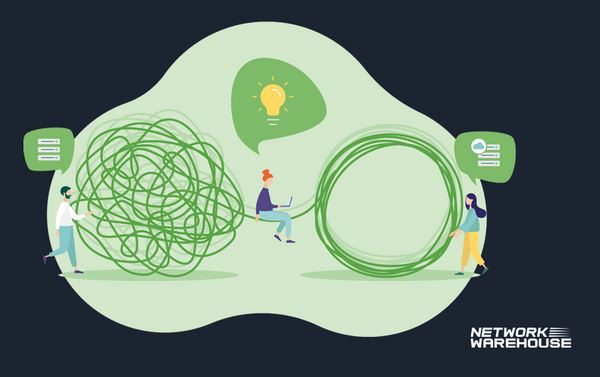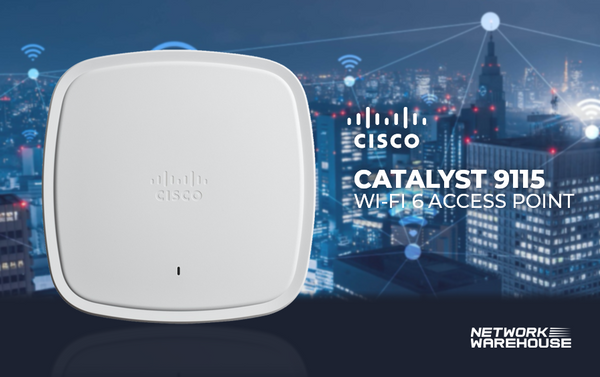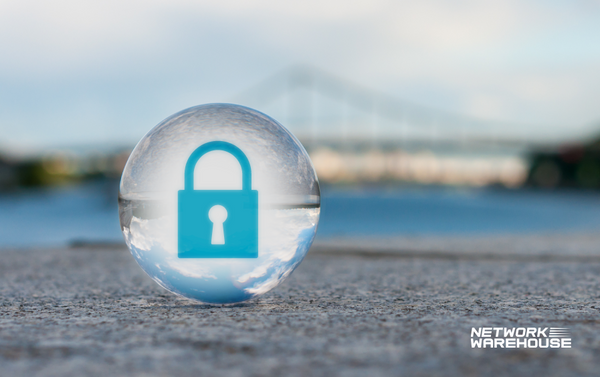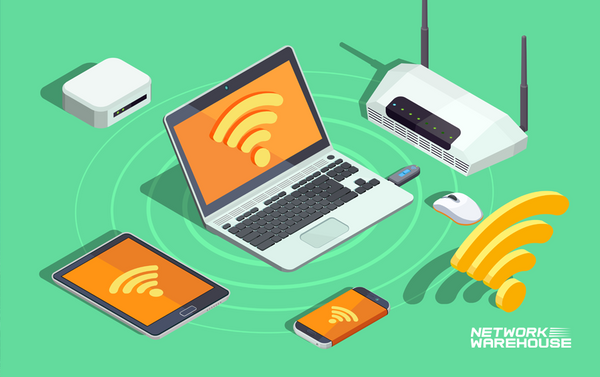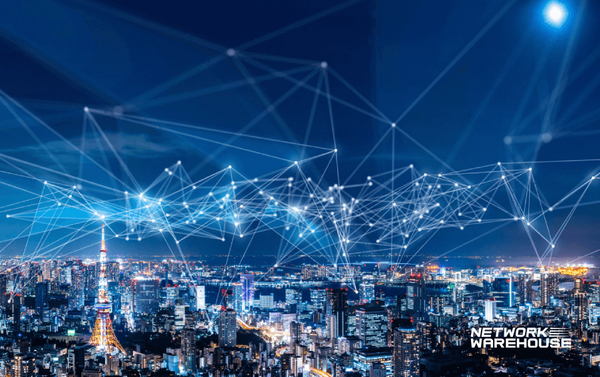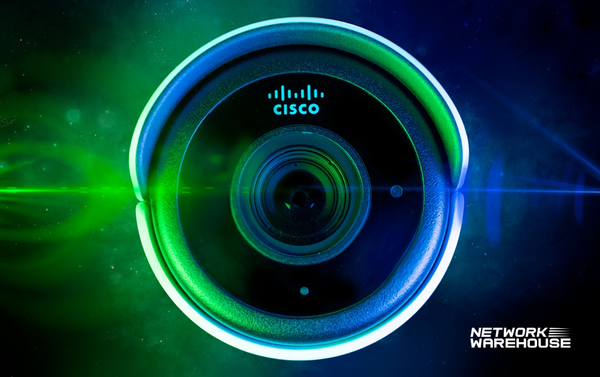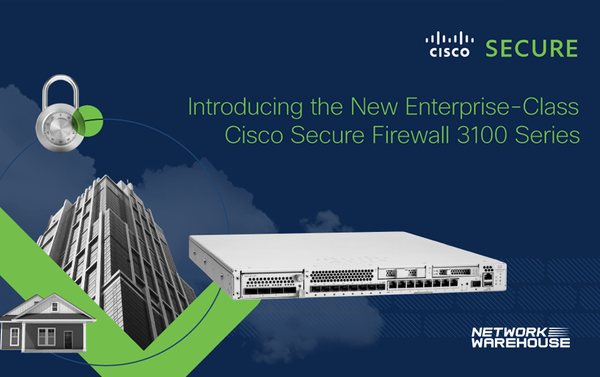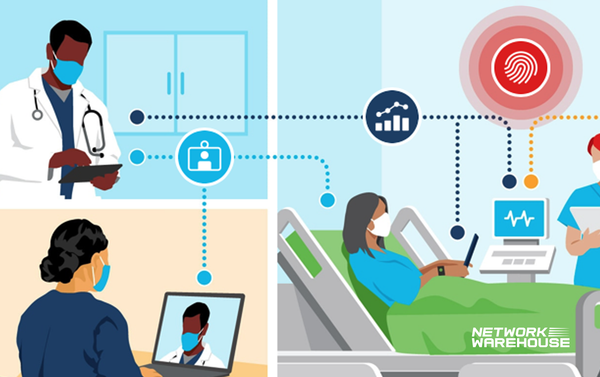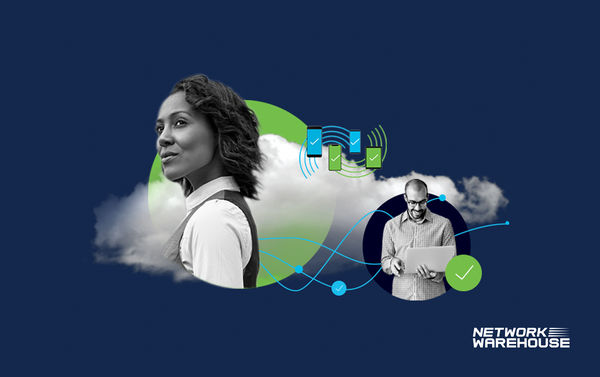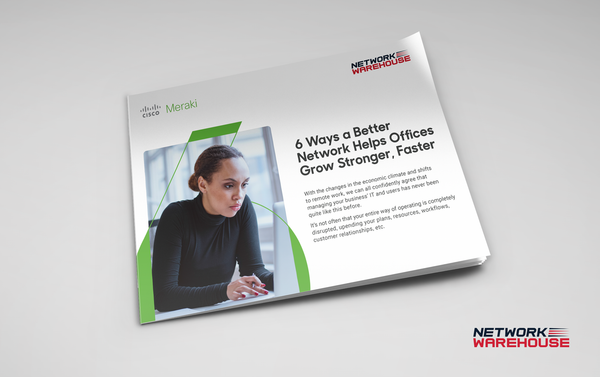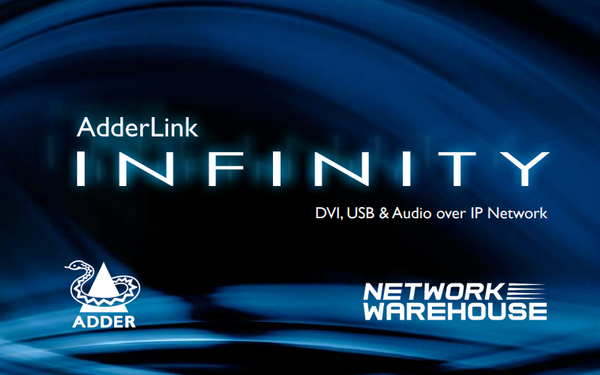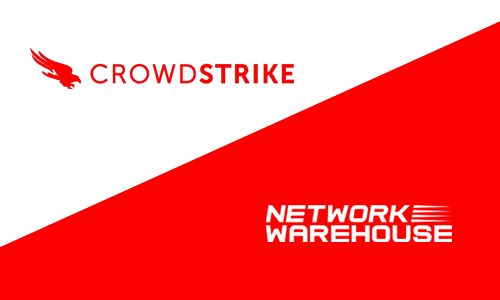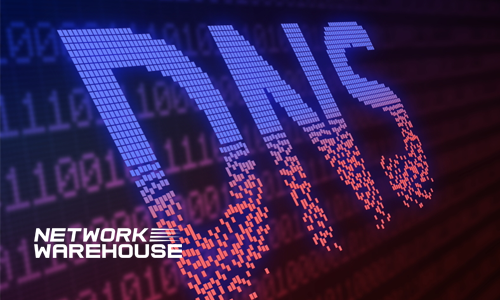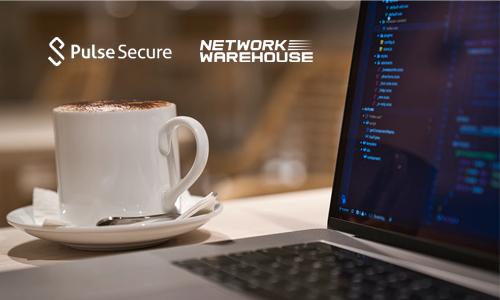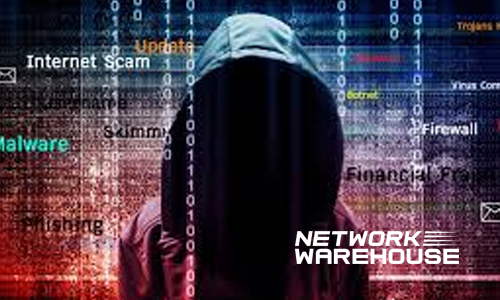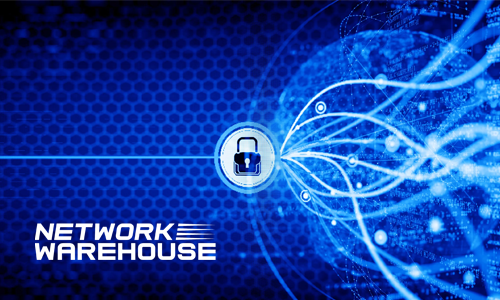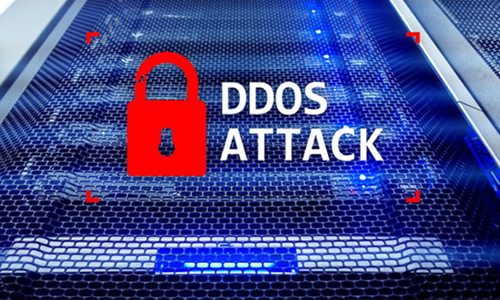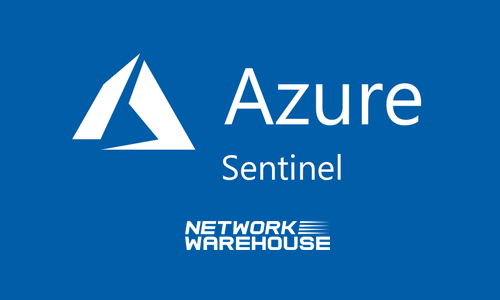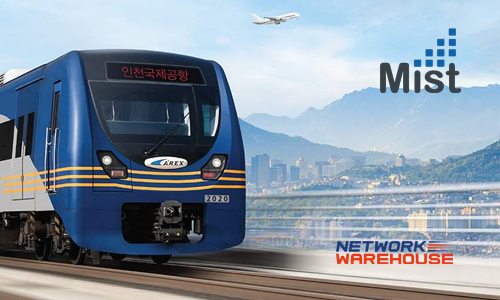
Cisco Live 2023: Cross-Product Integration
By Zeus Kerravala, 2023
At Cisco’s global user event, Cisco Live, held recently in Las Vegas, Cisco didn’t launch several new routers, switches, and security devices as is usually the case. Instead, the announcements were centered around platforms and cross-product integration to simplify operations while delivering more value.
Cisco has a product portfolio that is arguably the broadest and deepest of any in infrastructure; Cisco gained some of these products through acquisitions. While this has enabled Cisco to fill gaps in its product line quickly, it added to the complexity of the end-to-end Cisco environment.
During his portion of the keynote, Cisco EVP and GM of Networking, Jonathan Davidson, stated, “To transform IT, we will have to conquer the complexity we have created over the last several decades.” He then talked about the benefit of simplification, touting the ability to connect more things while maintaining best-in-class security.
He added, “If we securely connect everything, anything is possible.”
It’s this concept of secure connectivity that has driven much of the product roadmap that was unveiled at Cisco today. In fact, for the past several months, the company has been running ads with the tagline “If it’s connected, it’s protected,” which foreshadowed many of the following announcements.
Evolution of the Cisco Security Cloud
A year ago, at Cisco Live 2022, Cisco announced the concept of the Cisco Security Cloud, which brings together many of its security products and delivers them from a single cloud.
This enables faster threat identification and remediation versus having to correlate the information manually. At RSA this year, Cisco delivered the first proof point of this with the launch of XDR.
At CiscoLive 2023, the company announced its updated security service edge (SSE), which features the new Secure Access offering. This combines VPN, zero trust, CASB, and other security and network products to simplify user access. Typically, users are faced with a myriad of choices for the different types of application types – VPN for some private apps, ZTNA for others, direct access for web apps, and so on.
In this case, the user is the integration point for the technology, which leads to frustration and productivity losses. With Secure Access, users click once, and the Security Cloud makes the right decisions, enabling users to sit down and start working.
Secure Access isn’t only for users, as IT pros can administer through a single, cloud-managed console. I’ve been critical of Cisco in the past for having too many dashboards, but the new SSE one includes visibility, policy controls, analytic capabilities, and risk information.
Another security-related announcement is the use of generative AI to improve threat response and simplify policy management. The Cisco Security Cloud will include a generative AI-powered policy assistant that security pros can use to describe a policy and then evaluate how to implement it best. The first version of the AI assistant will evaluate and produce more efficient firewall policies, which almost all companies struggle with.
There is also a SOC Assistant to detect and respond to threats faster. When an incident happens, the generative AI assistant will contextualize events across e-mail, web, endpoints, and networks and inform the SOC engineer of what happened and the impact. The engineer can then interact with the assistant to remediate the problem.
Introduction of the Cisco Networking Cloud
The Cisco Networking Cloud is the network equivalent of the Cisco Security Cloud. The company currently has several disparate network products, including Viptela for SD-WAN, Meraki for cloud-managed networks, and its market-leading Catalyst line.
The vision is to create a single platform for all its products, similar to what Cisco has done with security. In reality, Cisco started this last year when it announced that customers could see Catalyst devices in the Meraki dashboard, but Cisco plans to unify all networking into a single, cloud platform.
This is a multi-year journey, with the first step including the following:
- Single sign-on (SSO) simplifies access across all Cisco network platforms.
- API key exchange/repository making it easier for Cisco networking products to connect and exchange data.
- Cross-platform navigation between the various products.
- Common user interface across all products.
- End-to-end assurance powered by the integration ThousandEyes with Meraki MX devices and WebexOS-enabled devices.
- Updates to the Meraki dashboard to enhance Catalyst troubleshooting and management.
Cisco is also simplifying the branding of its products. All enterprise-class products will now be branded “Catalyst,” which helps customers better understand the platform.
DNA Center will now be Catalyst Center, DNA Software will evolve to Catalyst Software, and Viptela will shift to Catalyst SD-WAN. ThousandEyes will retain its name as it’s an open platform used by companies other than Cisco.
Other developments from the Cisco event:
The launch of Cloud Native Application Security (CNAPP)
Cisco is introducing its code-level cloud-native application security solution, Panoptica. This brings together cloud posture management and cloud workload protection in a single platform.
Full Stack Observability (FSO) General Availability
Cisco’s FSO offering is built on the integration of AppDynamics and ThousandEyes, enabling customers to correlate application issues with network insights better. FSO not only provides visibility across the stack but also offers actionable recommendations and insights.
Sustainability Data
Recently, I saw a data point that stated that 90% of organizations had set NetZero goals, but only 10% of companies can measure their progress toward them.
This is a problem as CEOs are now being called out by the media, customers, and investors to quantify where they are. During his keynote, Cisco CEO Chuck Robbins mentioned that Cisco has its results audited annually, much like it does with its financials. To help customers close the gap, Cisco introduced sustainability data in its Nexus Dashboard and Webex Control Hub.
Nexus is Cisco’s data center management tool and can supply a wide range of insights related to energy usage and sustainability. These will include real-time and historical insights into the energy consumption, energy costs, and greenhouse-gas emissions of Cisco Nexus switches and other IT equipment in the data center. It will also monitor the ambient temperature of data centers to help improve cooling efficiency while keeping an eye on any additional servers, switches, storage, etc. connected to Panduit and Vertiv via integration.
The Webex management tool includes Carbon Emission Insights that monitor energy usage from Webex devices. Those insights have now been extended to understand the impact on data centers from Webex services like meetings and video. Companies can use the data to estimate emissions and to trend energy consumption output giving customers the data to improve their sustainability practices.
Bottom Line: Cisco’s Progress
As an analyst and an engineer before that, I’ve been to somewhere in the range of 20 Cisco Live events (known as Networkers until 2007), and this is the best set of announcements I have seen.
I’ve been critical of Cisco’s complexity in the past, but it nailed the needs of its customers at Cisco Live 2023. Businesses need to move fast, which means IT pros need to move equally fast.
Cisco has great products, but it was often difficult to maximize the value of the Cisco platform. The cross-platform capabilities introduced this week will make things much simpler for it customers, which should, in turn, increase Cisco’s value to them.

